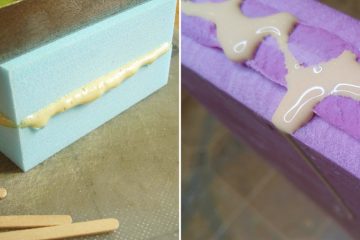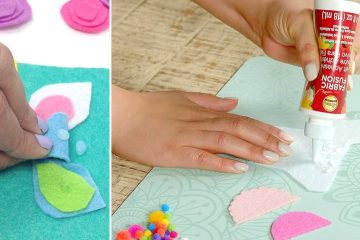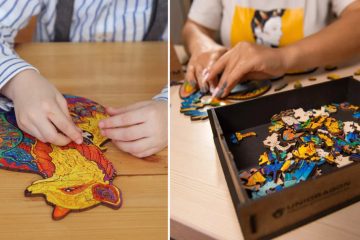Installing artificial grass on concrete can transform dull, hard surfaces into lush, inviting green spaces. However, choosing the right adhesive is crucial for a successful and long-lasting installation. This guide will explore the best glue options for bonding artificial turf to concrete and provide expert tips for a flawless application.
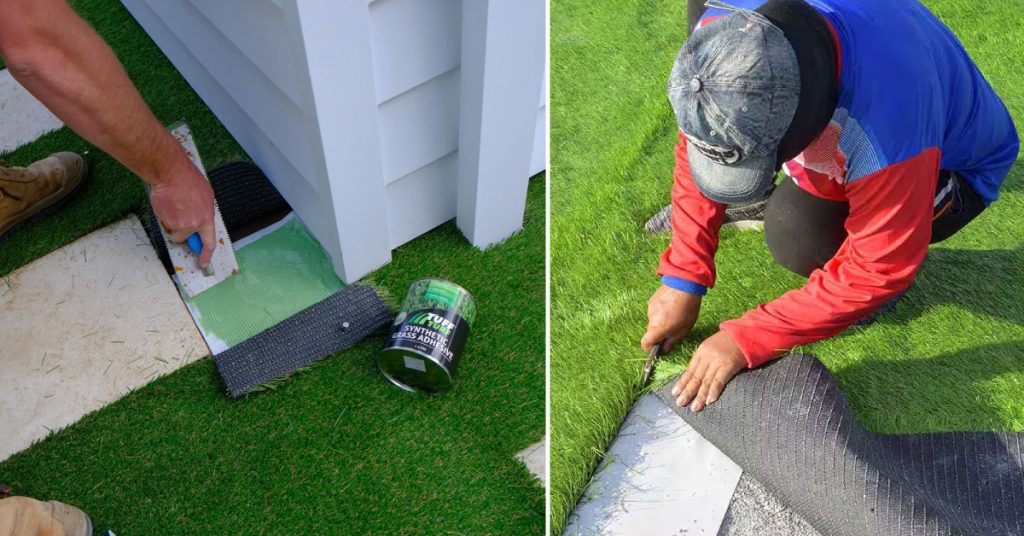
Key Takeaways:
- Polyurethane adhesives are best for bonding artificial grass to concrete
- Consider climate, surface condition, and foot traffic when choosing adhesive
- Proper surface preparation and application technique are crucial
- Allow sufficient curing time before use (24-48 hours)
Key Considerations When Choosing Artificial Grass Adhesive
When selecting an adhesive for your artificial grass installation on concrete, keep these factors in mind:
- Climate and weather exposure
- Surface porosity and condition
- Expected foot traffic and usage
- Ease of application
- Curing time
- Flexibility and durability
- Environmental factors
Top 3 Adhesive Options for Artificial Grass on Concrete
1. Polyurethane-Based Adhesives
Polyurethane adhesives are the best choice for bonding artificial grass to concrete. They offer:
- Excellent bonding strength
- High flexibility
- Good resistance to moisture and temperature fluctuations
- Long-lasting durability
Recommended products:
- Mapei PU 1K
- XGS Turf Glue
- TurfBond

2. Acrylic-Based Adhesives
Acrylic adhesives are another popular option, especially for DIY installations. Benefits include:
- Easy application
- Quick drying time
- Good weather resistance
- Lower VOC emissions
Recommended products:
- Roberts 6700 Indoor/Outdoor Carpet Adhesive
- HomeDepot Artificial Grass Adhesive
3. Epoxy-Based Adhesives
Epoxy adhesives provide extremely strong bonds but are less commonly used due to their rigidity. Consider epoxy for:
- High-traffic commercial areas
- Regions with extreme temperature fluctuations
Recommended product:
- Loctite PL Premium Construction Adhesive
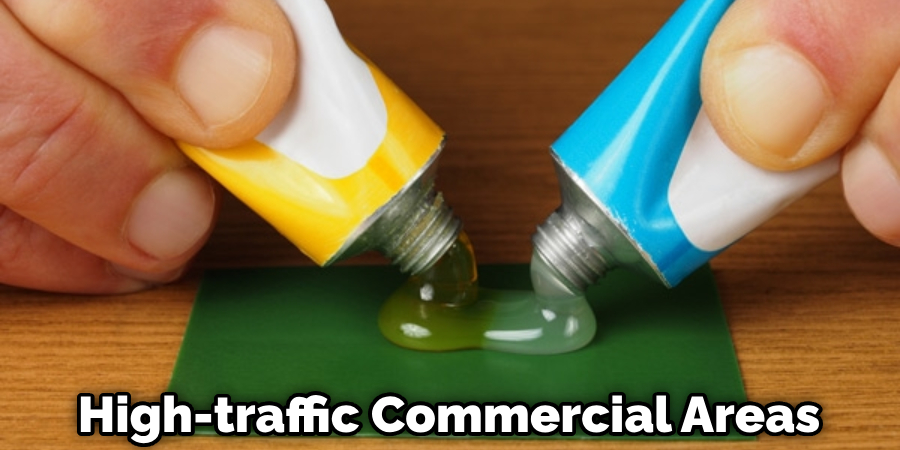
Application Tips for Best Results
- Thoroughly clean and prepare the concrete surface
- Ensure the concrete is completely dry before applying the adhesive
- Use a notched trowel for even adhesive distribution
- Work in small sections to prevent premature drying
- Apply firm, consistent pressure when laying the turf
- Allow sufficient curing time before use (typically 24-48 hours)
Comparing Single-Component vs. Two-Component Adhesives
1. Single-Component Adhesives
Pros:
- Ready to use
- Easier application
- Ideal for smaller projects
Cons:
- Longer curing time
- It may have a lower bond strength
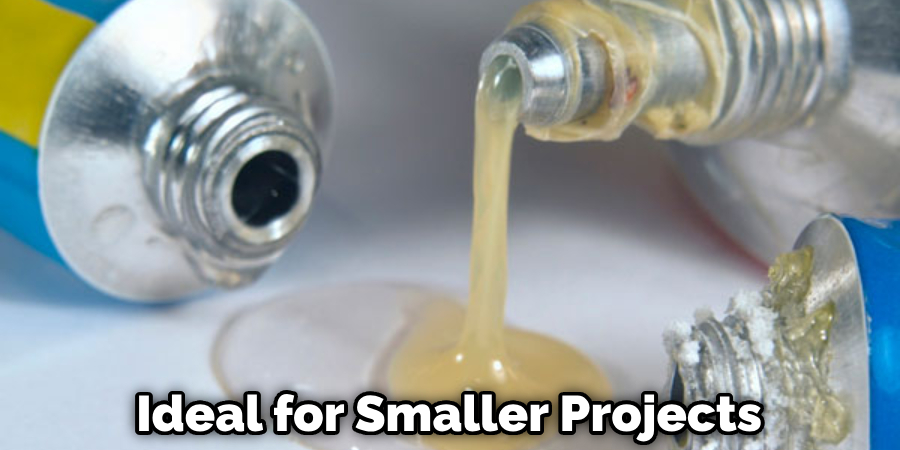
2. Two-Component Adhesives
Pros:
- Faster curing
- Stronger bond
- Better for large-scale projects
Cons:
- Requires mixing
- Limited working time once mixed
- More challenging application
Environmental Considerations
When choosing an adhesive, consider eco-friendly options with low VOC emissions. Modern artificial grass adhesives are designed to be environmentally safe while providing excellent performance.
Maintenance and Care
To ensure the longevity of your artificial grass installation:
- Regularly clean the surface to prevent debris buildup
- Avoid placing heavy objects on the turf for extended periods
- Address any loose edges or seams promptly
- Follow manufacturer recommendations for cleaning and maintenance

FAQs About What Glue to Use for Artificial Grass on Concrete
What Glue Will Stick Artificial Grass to Concrete?
When sticking artificial grass to concrete, the best options are outdoor carpet glue or specialized artificial grass adhesives, which are available at home improvement stores. Specific products like Turfgrip T80 High Strength Concrete Adhesive, Turfgrip T20 Ultra High Tack Concrete Adhesive, or TrafficMaster Artificial Grass Seam Adhesive are designed for this purpose. The ideal adhesive should have high initial tack, strong finishing strength, flexibility, and weather resistance. Whichever product you choose, ensure it’s suitable for outdoor use and follow the manufacturer’s instructions for application and curing time, typically allowing 24 hours for the bond to set properly.
How to Secure Artificial Grass to Concrete?
To secure artificial grass to concrete, start by thoroughly cleaning and repairing the concrete surface. Measure and cut the artificial grass to fit the area, leaving a slight excess around the edges. Apply a strong, weather-resistant outdoor adhesive along the perimeter of the concrete surface. Carefully lay the artificial grass over the concrete, ensuring it’s positioned correctly, and press the edges firmly into the adhesive. For added stability, you can optionally spread infill material over the grass. Finally, brush the grass fibers upright to achieve a natural look and allow the adhesive to cure completely according to the manufacturer’s instructions before subjecting it to heavy foot traffic.
Can Artificial Turf Be Glued to Cement?
Artificial turf can indeed be glued to cement, making it a viable option for surfaces like patios, balconies, or pool decks. The process involves thoroughly cleaning and preparing the cement surface, then applying a high-quality, outdoor-rated artificial grass adhesive or polyurethane-based adhesive. The turf is then pressed firmly into the adhesive, ensuring full contact. Special attention should be given to seams and edges to prevent lifting. After allowing the adhesive to cure completely (typically 24-48 hours), you may add infill if desired. While DIY installation is possible, professional help is recommended for large or complex areas. Keep in mind that proper drainage should be considered, and once glued, the turf may be more challenging to remove or replace compared to installations over soil.
Does Artificial Grass Need to Be Glued?
Artificial grass doesn’t always need to be glued down, as the necessity depends on factors like installation location, grass type, and intended use. Gluing is typically recommended for edges and seams, indoor installations, small or unusually shaped areas, high-traffic zones, and sloped surfaces. However, for large outdoor areas with proper base preparation, the grass’s weight and infill often suffice without glue. Alternative securing methods like nails or staples can also be used. The decision to glue should consider manufacturer recommendations, specific location needs, climate conditions, base material, and long-term plans for the space. When in doubt, consulting a professional installer is advisable to determine the best method for your particular situation.
Conclusion
Selecting the right glue for installing artificial grass on concrete is essential for a durable, attractive result. Polyurethane-based adhesives generally offer the best combination of strength, flexibility, and weather resistance. However, acrylic and epoxy options may be suitable for specific applications. Always consider your project’s unique requirements and follow proper application techniques for the best outcome.
By carefully choosing your adhesive and following expert installation practices, you can create a beautiful, long-lasting artificial grass surface that transforms your concrete area into a lush, inviting green space.
